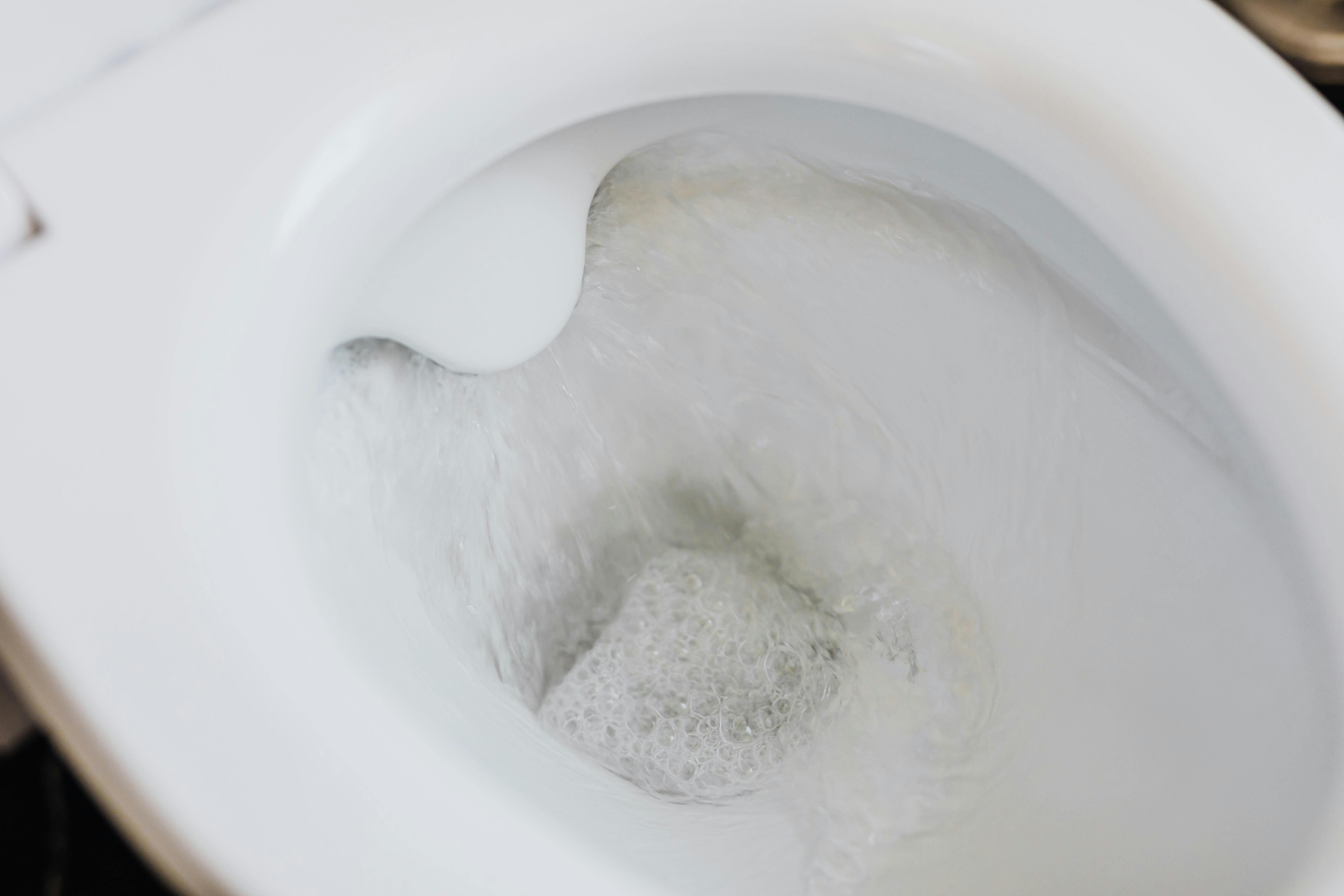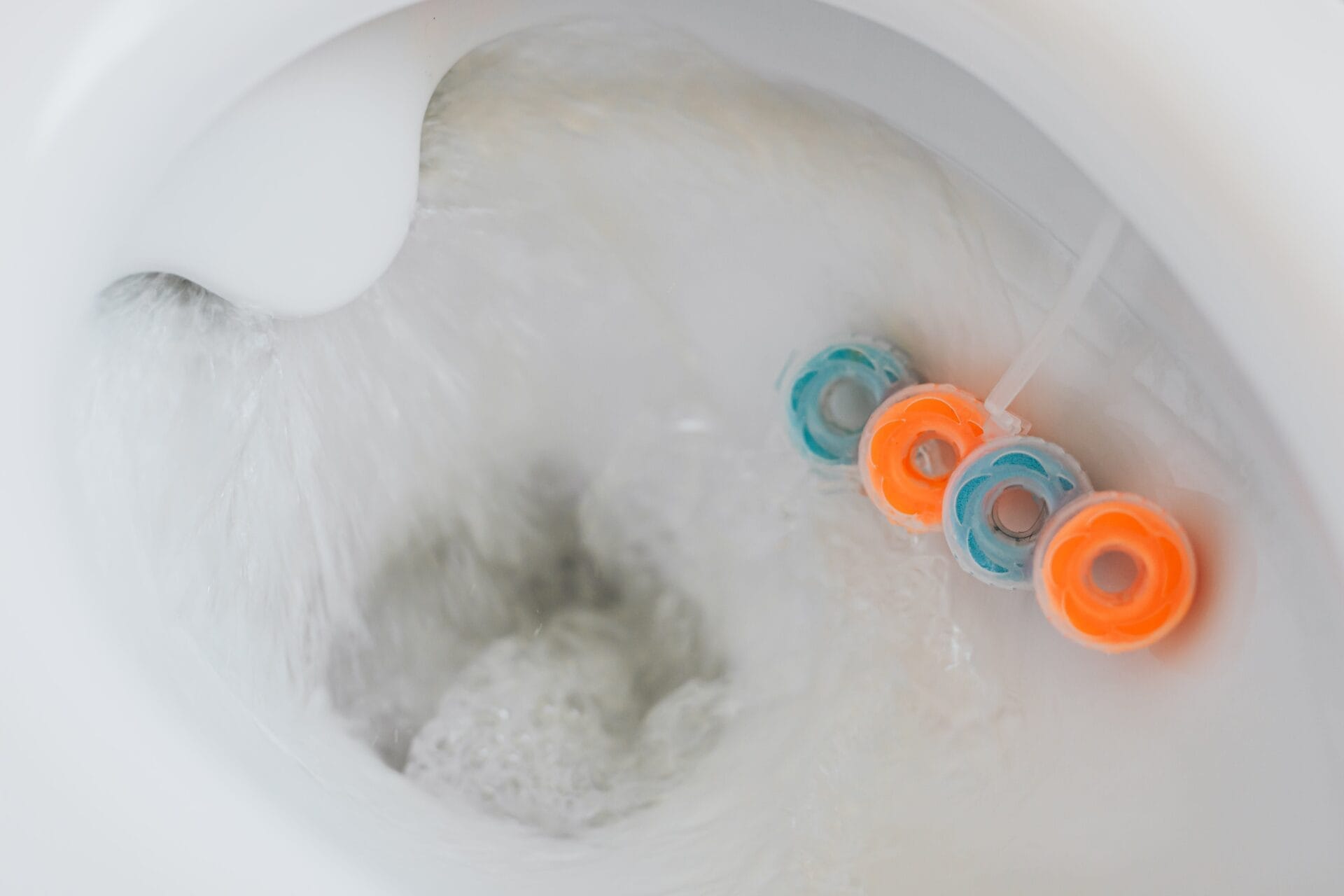One of the most common plumbing problems homeowners may experience is a low water level in the toilet bowl. This issue may be caused by a variety of factors, including a blocked vent stack, a clogged drain line, or a faulty fill valve. Understanding the cause of the low water level will help you to determine the best solution to correct it.There are several potential reasons why the water level in a toilet bowl is low. One possibility is that the water supply to the toilet has become blocked or restricted. This could be due to a kinked or crimped water supply line, a shut-off valve that is partially or completely closed, or a clogged inlet at the bottom of the toilet tank. Another reason for low water levels in the toilet bowl could be a faulty fill valve, which controls how much water flows into the tank and bowl. If it is damaged, it may not be able to refill the toilet bowl properly. Furthermore, if the float arm attached to the fill valve is set too high, it won’t allow enough water into the tank and bowl. Finally, if there is a leak in the toilet tank or bowl, it can cause water levels to drop over time.
Common Causes of Low Toilet Bowl Water Level
The toilet bowl water level is an important factor in determining the proper functioning of your toilet. If the water level is too low, it can cause problems such as poor flushing, ineffective cleaning, and increased chances of clogs. There are several common causes of low toilet bowl water levels that you should be aware of.
One of the most common causes is a blockage in the supply line or drainpipe. If there is a blockage, it can restrict or even completely stop the flow of water into the bowl. This can be caused by debris or dirt buildup, tree roots, cracked pipes, or even collapsed pipes. If you suspect that you have a blocked supply line, it’s best to call a plumber to have it inspected and cleared as soon as possible.
Another cause of low water levels in the toilet bowl is a faulty fill valve. A fill valve is responsible for controlling how much water flows into the tank and then into the bowl. If this valve malfunctions or becomes damaged, it can prevent enough water from getting into the bowl or may shut off too soon before it has filled up enough. Replacing a faulty fill valve usually requires professional help unless you are comfortable working with plumbing fixtures yourself.
Leaking pipes can also cause low toilet bowl water levels. Water that leaks from any pipe connected to your toilet will reduce the amount available for flushing and cause your toilets to not flush properly. It’s important to inspect all pipes regularly for any signs of leaking so that they can be repaired quickly before more damage is done.
Finally, older toilets tend to suffer from low-flow problems which means that they may not be filling up with enough water when flushed. This can be caused by worn components inside the tank or simply due to age-related wear and tear on them over time. Replacing old components in your tank will usually solve this issue but if not then it might be necessary to replace your entire toilet unit altogether for better performance and reliability.
In conclusion, there are several common causes of low toilet bowl water level which include blocked supply lines/drains, faulty fill valves, leaking pipes, and older toilets with worn out components inside them. Knowing what could be causing this issue will help you take appropriate action in order to resolve it as quickly as possible and restore proper functioning of your toilet again
Identifying a Low Water Level in a Toilet Bowl
A low water level in the toilet bowl is an indication that there may be an issue with the water supply, drainage, or flushing mechanism. To identify a low water level in a toilet bowl, check for signs of water on the floor around the toilet or look for any discoloration on the outside of the bowl. If there is no evidence of water on the floor or discoloration around the outside of the bowl, then you should check the inside of the toilet bowl. Look for any noticeable changes in water level from when you last used it. If there is a significant drop in water level, then this could indicate a problem with your plumbing system.
It is also important to check for blockages or clogs as these can cause low water levels in the toilet bowl. You can do this by using a plunger to try and unclog any blockages that may be present. If this does not work, then you can use an auger to help remove more stubborn clogs. If there are still no signs of improvement after using these methods, then it may be time to call a professional plumber for assistance.
Finally, if all else fails and you still cannot identify why your toilet has a low water level, then it is best to have it checked over by a professional plumber who can assess and diagnose any underlying issues that may be causing this problem. They will be able to provide advice on how best to rectify it and ensure your toilet remains functioning properly.
Diagnose the Problem
To diagnose a low water level in the toilet bowl, first check if the water level is below the overflow tube. If so, then the problem is likely due to a clogged toilet or a leaking flush valve. Check for any signs of leakage in the tank as well.
Next, inspect the fill valve, which is usually located at the bottom of the toilet tank. If it’s not working properly, it can cause a low water level in the bowl. Make sure to check all of its connections to ensure that everything is in good working order.
Finally, inspect the flush valve for any signs of damage or wear and tear. If it’s not functioning correctly, it can cause a low water level in your toilet bowl.
Fixing Low Toilet Bowl Water Level
The first step to fixing a low water level in your toilet bowl is to make sure that all of its components are working properly and that there are no clogs or leaks present. If everything appears to be in good condition, then you may need to adjust your fill valve settings. This will help ensure that there is enough water entering your toilet tank and being flushed into your bowl.
If adjusting the fill valve does not fix the problem, then you may need to replace it with a new one. Another option is to replace your flush valve if it’s damaged or worn out. Replacing this component will help ensure that you have enough water flowing into your bowl when you flush.
Finally, if all else fails, you may need to call a professional plumber for assistance with diagnosing and fixing a low water level in your toilet bowl. They will be able to identify any underlying issues and recommend an appropriate solution for restoring adequate water levels in your toilet bowl.
How to Troubleshoot Issues with Low Toilet Bowl Water Level
Having a low water level in the toilet bowl can be a major inconvenience. It can cause the toilet to not flush properly or require multiple flushes to get the job done. Thankfully, troubleshooting this issue is relatively straightforward and easy to handle. Here are some tips for troubleshooting an issue with low water level in the toilet bowl:
Check the float valve: Low water levels are often caused by a faulty float valve. The float valve regulates the amount of water that enters the tank and is connected to the fill tube that controls water levels in the bowl. To check if it is working properly, lift up on it and make sure it shuts off when released.
Check for a clog: Clogs can also cause low water levels in the bowl. If you suspect a clog, try using a plunger or auger to clear it out. If this doesn’t work, you may need to call a plumber to investigate further.
Adjust the fill tube: The fill tube is usually located on top of the overflow pipe and is responsible for refilling the tank after each flush. Make sure it is properly adjusted so that it isn’t blocked by any debris or other objects.
Clean out sediment buildup: Sediment buildup can also lead to low water levels in your toilet bowl. Try cleaning out any sediment buildup from your tank or pipes with a brush or rag. This should help improve your water level.
Replace worn parts: Worn parts such as flappers, flush valves, and fill valves can all contribute to low water levels in your toilet bowl. If you think one of these parts may be causing your issue, consider replacing them with new ones.
By following these tips, you should be able to troubleshoot any issues you may have with low water levels in your toilet bowl quickly and easily. If all else fails, contact a professional plumbing technician for assistance.

Steps to Take if Toilet Bowl Water Level is Too Low
If you notice that the water level in your toilet bowl is too low, there are several steps you can take to get the level back to normal. First, check the water supply valve at the base of the toilet. Make sure it is in the open position and not blocked. If it is blocked, turn it off and then back on again. If that does not work, try opening and closing the valve several times.
Next, inspect the flapper at the bottom of the tank. This component helps regulate how much water enters the bowl when you flush. If it is worn out or sticky, replace it with a new one. If that does not work, check that there are no clogs in either the water supply line or drain line leading from your toilet bowl to your septic tank or sewer.
Finally, if all else fails, you may need to adjust your toilet’s float arm or ballcock assembly. This helps control how much water enters your toilet bowl when it is flushed. Move this component up or down until you achieve a satisfactory level of water in your bowl and flush a few times to make sure it stays at that level.
Increasing the Water Level in a Toilet Bowl
The water level in your toilet bowl can make a difference in how efficiently it flushes. If the water level is too low, waste can be left behind after flushing and the toilet will need to be flushed multiple times for it to properly flush. If the water level is too high, it can cause overflowing from the bowl or cause the toilet to run continuously. It’s important to make sure that your toilet has the right amount of water in its bowl. Here are some steps to help you increase or decrease the water level as needed:
1. Check the fill valve located inside the tank at the back of your toilet. This valve allows water to enter into your bowl and maintain a certain level of water inside. Make sure that it is open and allowing enough water into your bowl.
2. Adjust the float arm connected to this valve if needed. The float arm should be adjusted so that it is just below where you want your ideal water level in your toilet bowl to be.
3. Make sure that there are no leaks around or inside of your tank, as these could cause lower than normal levels of water in your bowl.
4. Check for any obstructions in the fill tube, which may stop or slow down the flow of water into your bowl.
5. If you have a two-piece toilet, check for any clogs or blockages in either piece that could prevent proper drainage and lead to higher than normal levels of standing water.
6. Check for any issues with your pipes that could be causing an excessive amount of pressure on them and leading to higher than normal levels of standing water.
By following these steps, you should be able to adjust the amount of standing water in your toilet bowl so that it is at an ideal level for flushing efficiently without causing overflow issues or other problems associated with too much or too little standing water.
Checking the Flush Valve and Shutoff Valve
If the water level in your toilet bowl is low, it could be caused by a malfunctioning flush valve or shutoff valve. To check these two components, you’ll first need to locate them. The flush valve is located inside the tank of the toilet, while the shutoff valve is usually located behind the toilet near the wall.
Once you’ve located both valves, you’ll need to check them for any signs of damage or leakage. If you see any signs of wear and tear, it’s best to replace the part as soon as possible. If you don’t find any visible damage, then it’s time to move on to testing each valve for proper operation.
For testing the flush valve, start by turning off the water supply at the shutoff valve. Then open up the tank lid and observe how quickly water flows out when you press down on the flush lever. If there’s a significant delay or if water doesn’t flow out at all, then this could indicate a malfunctioning flush valve.
For testing the shutoff valve, turn off the water supply at the main line and then turn it back on again at full pressure. Then check if water is flowing through your toilet properly and that there are no leaks coming from either side of the shutoff valve. If everything looks good, then your shutoff valve should be functioning properly.
By following these steps, you should be able to determine whether your low toilet bowl water level is caused by a malfunctioning flush valve or shutoff valve. In either case, it’s important to make sure that both valves are regularly checked and maintained so that your toilet can continue working properly for years to come.

Conclusion
The low water level in your toilet bowl is usually due to a clogged vent pipe or a faulty flapper valve. It can also be caused by a malfunctioning fill valve, a problem with the water supply, or even a broken seal. In any case, it is important to address the issue quickly as it can lead to other problems such as overflowing and flooding.
In order to fix the low water level in your toilet bowl, you should inspect the flapper valve and fill valve for any possible damage or obstruction. If nothing is found, then you should check for a clogged vent pipe or an issue with your water supply. If all else fails, then you should consider replacing the seal at the bottom of the tank with a new one.
No matter what you do, make sure that you take necessary precautionary measures in order to ensure that the problem does not get worse. As long as you take action quickly and properly identify and address the issue at hand, you will be able to resolve it without any further complications.
In conclusion, the low water level in your toilet bowl is usually due to an issue such as an obstruction or malfunctioning part. It is important to identify and address this issue quickly so that it does not cause further problems. Once you have diagnosed and fixed the problem, your toilet will be back up and running properly in no time!

